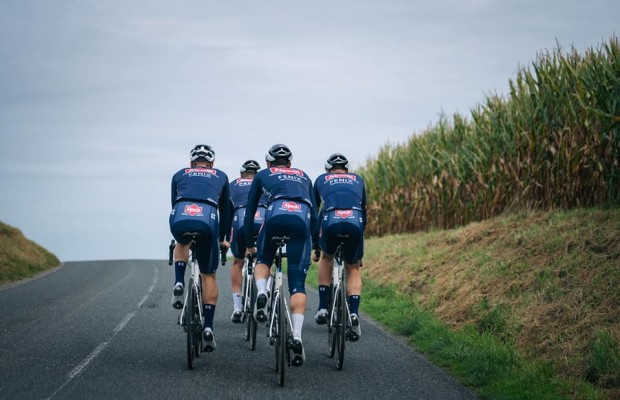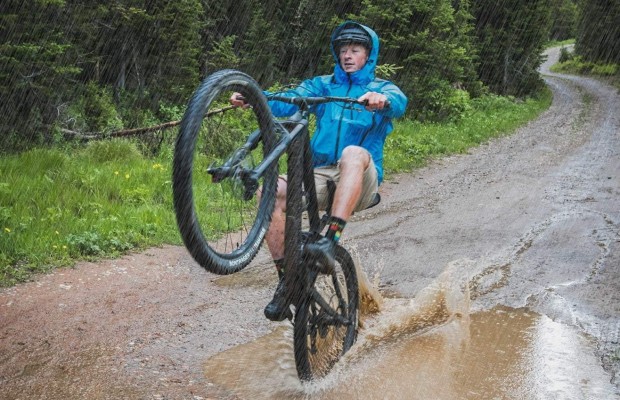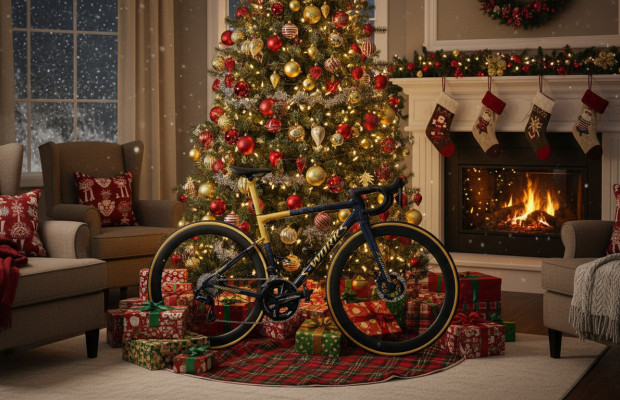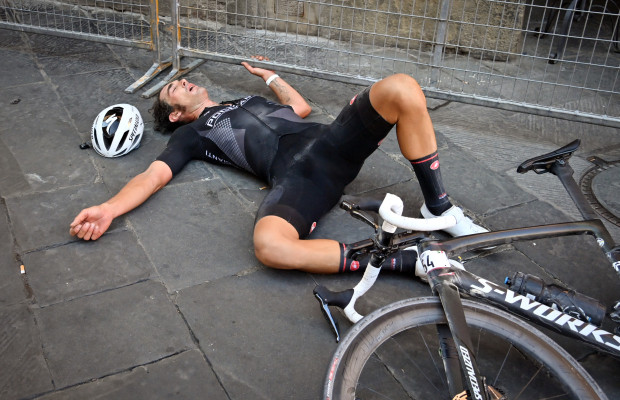What trends will we see in the equipment of the Tour de France 2025?
During the last few weeks we have seen numerous innovations in the world of road cycling that brands have been unveiling in preparation for teams to have them sufficiently tested before such an important road as the Tour de France. These innovations serve as a snapshot of which material trends are consolidating in road cycling.
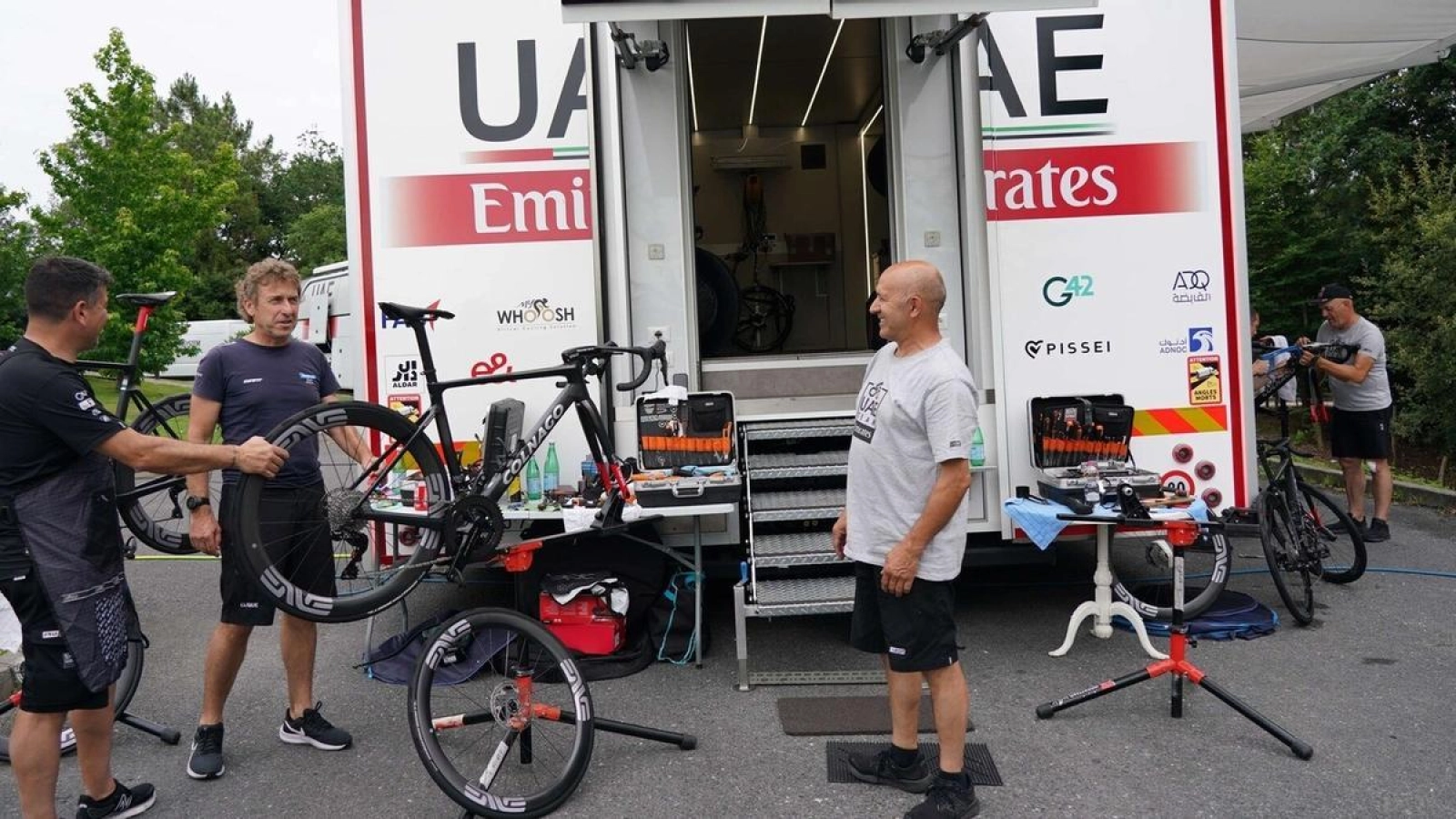
This is the equipment that professionals will use in the Tour de France 2025
If the Tour de France serves for something, it is to verify which technical solutions are used by teams as the most efficient in the race, an efficiency that, no one dislikes, ends up being transferred to the average user in a sport where the influence of competition always has a great impact on consumption habits.
Many of these solutions we have been seeing for months and the French race only serves to consolidate them. A clear example is the segmentation of bikes. After several years in which brands seemed to have regressed towards the aerolight concept, that is, lightweight bikes but with aerodynamic properties very close to those of specific models, it seems that brands are once again opting to segment their ranges, making lightweight bikes, more oriented towards climbing, even more so, despite retaining sufficient wind resistance.
RECOMENDADO
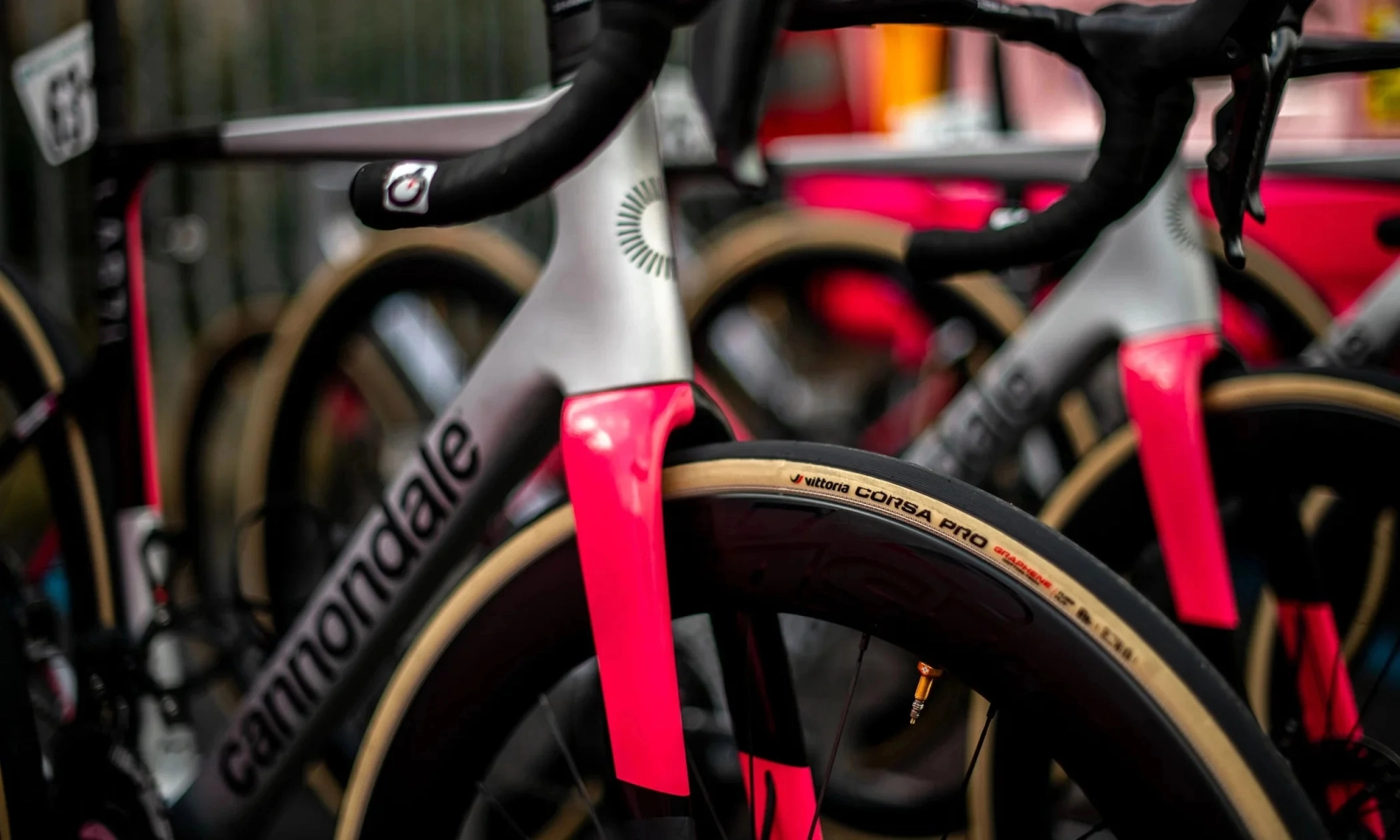
On the other hand, there is the resurgence of 100% aerodynamic bikes that do not penalize the factor excessively but do leave it in the background to take advantage of the latest, more permissive, UCI regulations regarding aerodynamic designs. In this way, we have seen the renewal of bikes like the Cervélo S5 that Visma-Lease a Bike will use or the arrival of new aero models like the Colnago Y1Rs that will presumably be used by the men of UAE Team Emirates-XRG on flat stages; and let's not forget the spectacular Van Rysel RCR-F Pro that Decathlon-AG2R La Mondiale will use.
And if we talk about more permissive UCI regulations, we must also pay attention to those that will presumably restrict certain aspects that are currently trending. For the moment, wide tires are still in vogue, with 700x28c definitively established as the standard tire size in the peloton but, in reality, being more generous with the growth of rim width, and some teams even using 700x30c. A measure, like that of the handlebar, that could also have its days numbered if the UCI tests to limit the maximum development of bikes succeed.
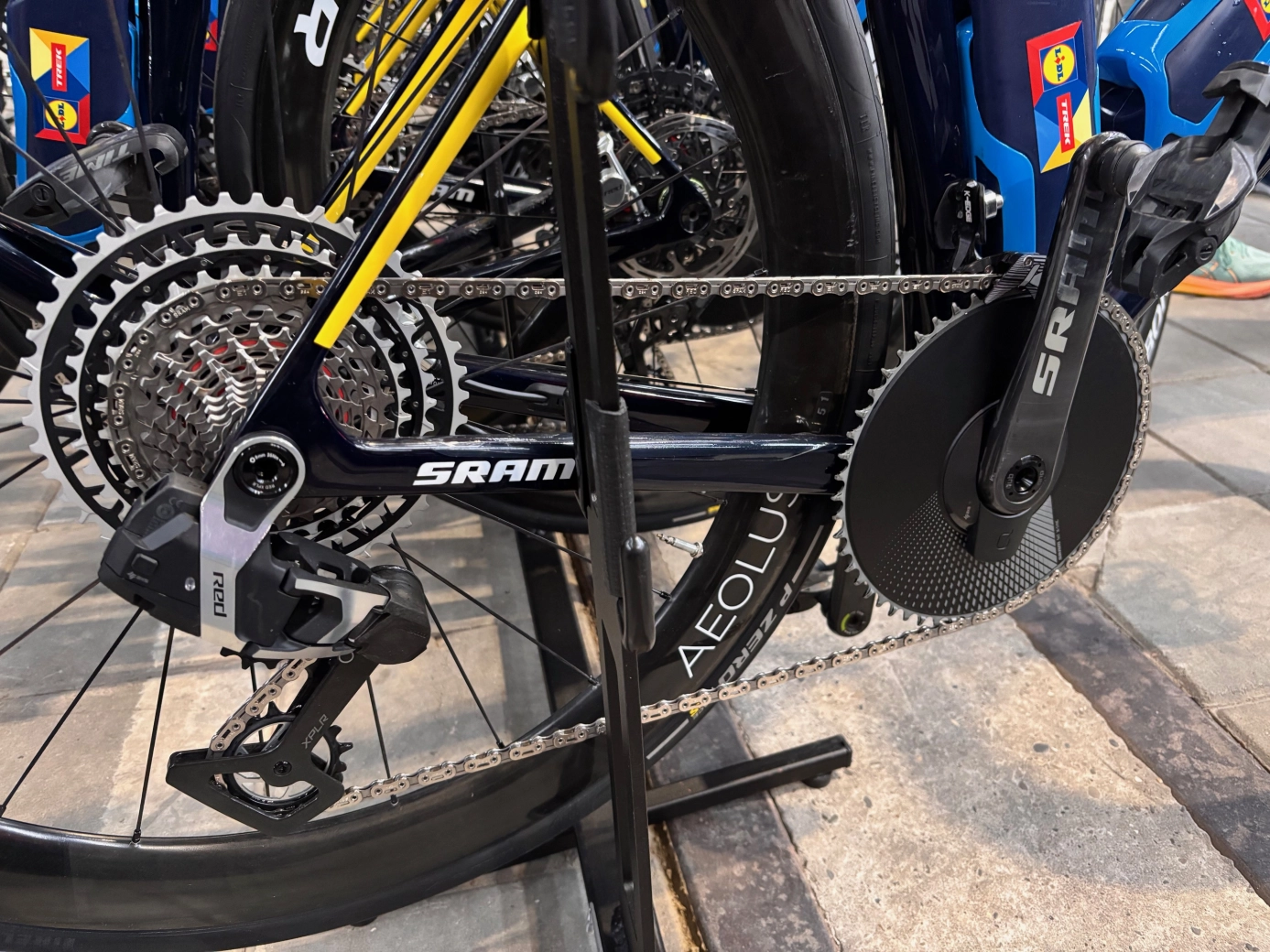
By the way, regarding tires, it seems that in this Tour de France 2025 we can officially consider any system that is not tubeless as extinct after a last season in which some still relied on tubulars and teams with Specialized tires still preferred to use their famous Turbo Cotton tires instead of the brand's tubeless tires, even at the cost of using inner tubes, as these are faster and lighter. A tubeless system in which hookless rims seem to be in recession, which generated some controversy with tire blowouts last year and are giving way to a system with hooks but reduced to a minimum to have the advantages of both types of rims.
Also related to UCI rules is the trend of using narrow handlebars, which, perhaps anticipating the rule that will be in effect next year and limits their width, the reality is that, except for specific cyclists, the ultra-narrow handlebars of previous seasons are no longer seen. The same thing happens with cranks, it seemed that everyone was going to end up using super short cranks because it was the choice of cyclists like Pogacar or Vingegaard but the reality is that not many cyclists choose models below 170 mm.
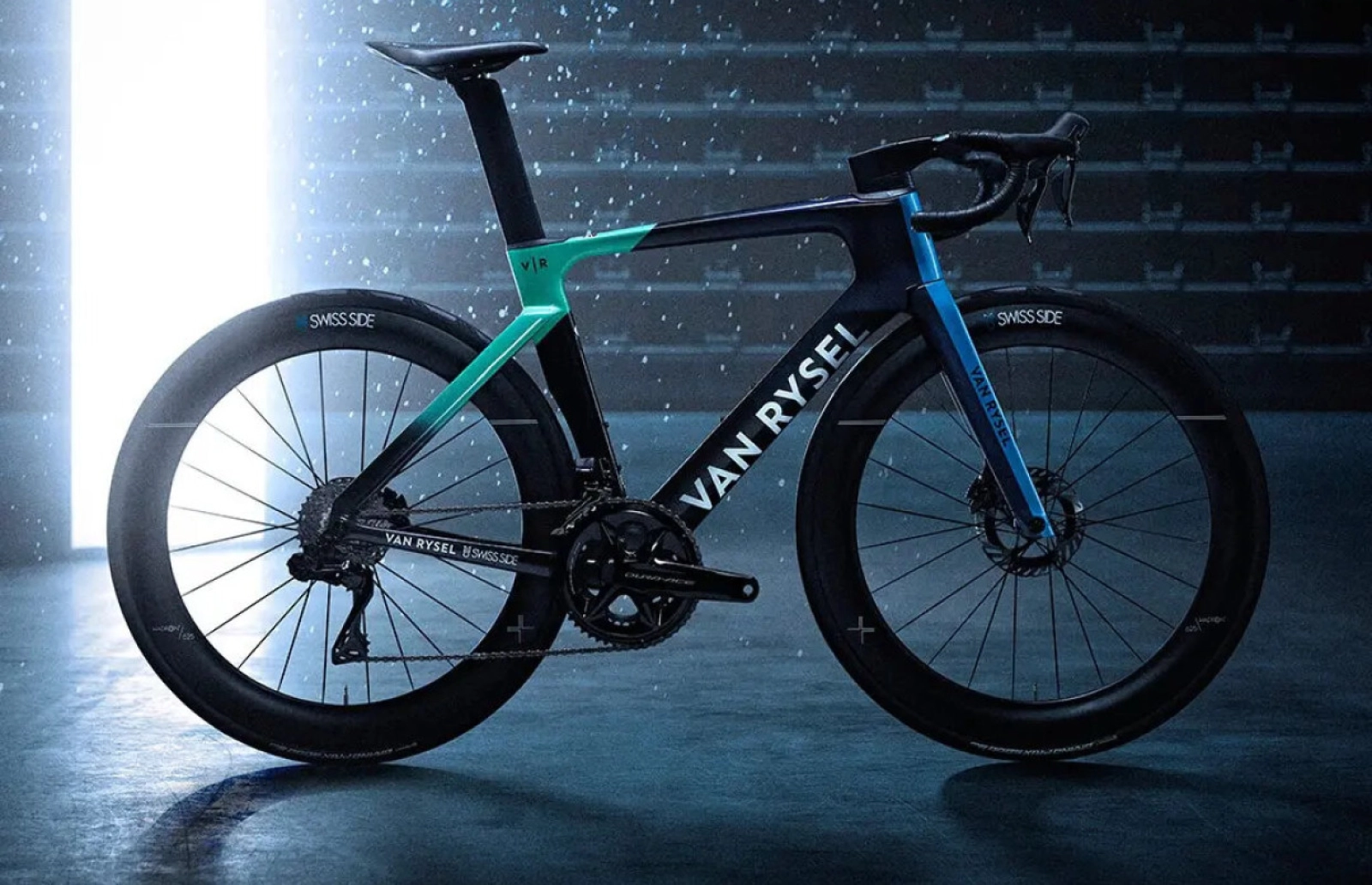
It has also become quite common, among teams using SRAM Red AXS groups, to resort to single-chainring setups in the fastest stages, in fact, in Visma-Lease a Bike, their Cervélo S5 bikes mount this configuration as standard, choosing the double chainring for the climber R5.
In any case, we will discover throughout the race which of these solutions are the most applied and, above all, which end up being maintained over time and, more interestingly, which end up reaching the common cyclists since, for example, technologies like tubeless, despite their undeniable advantages, do not seem to resonate with the average road cyclist who sees it as an unnecessary hassle.

